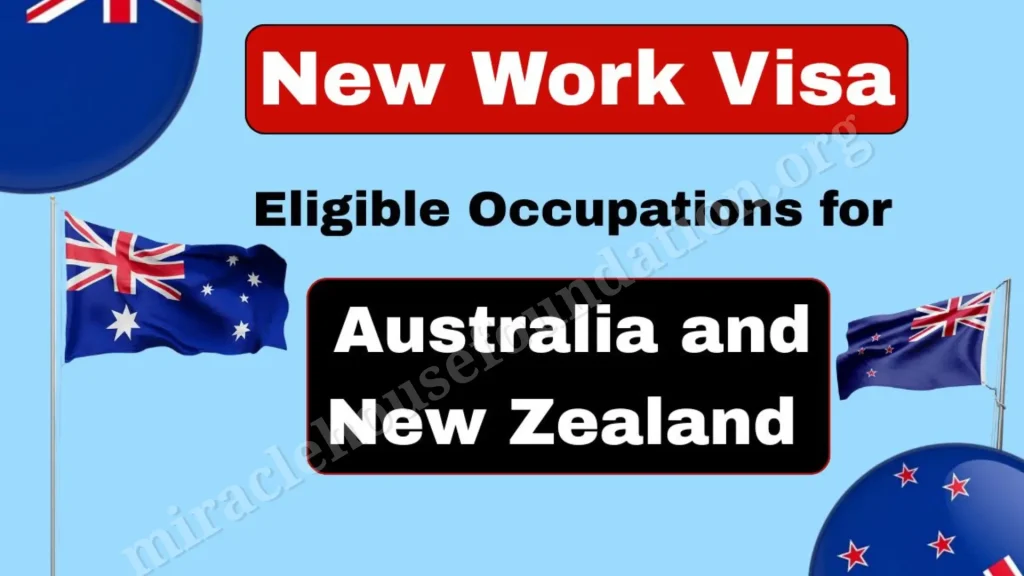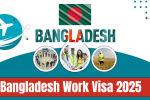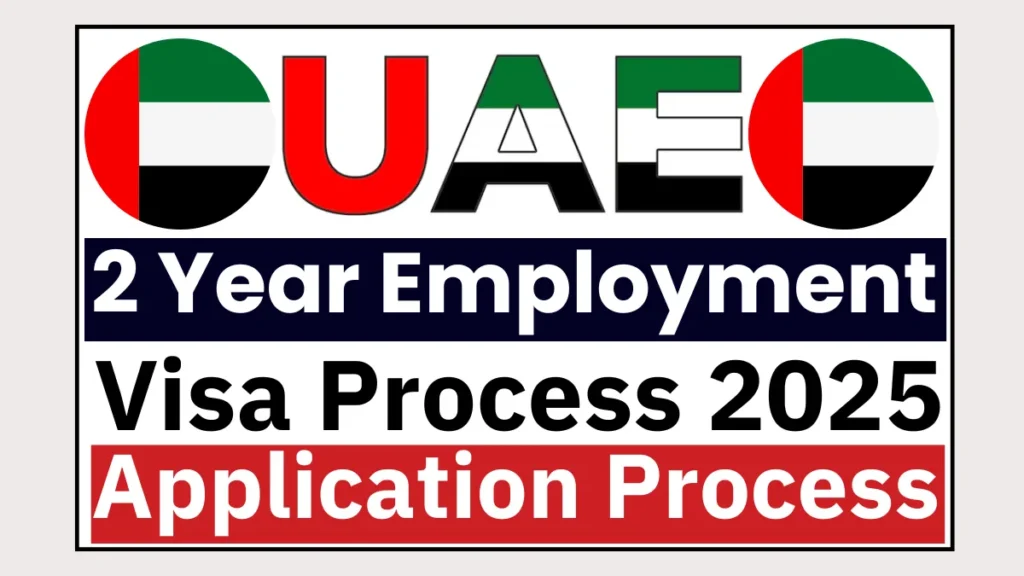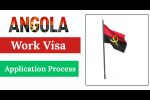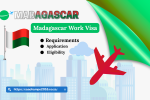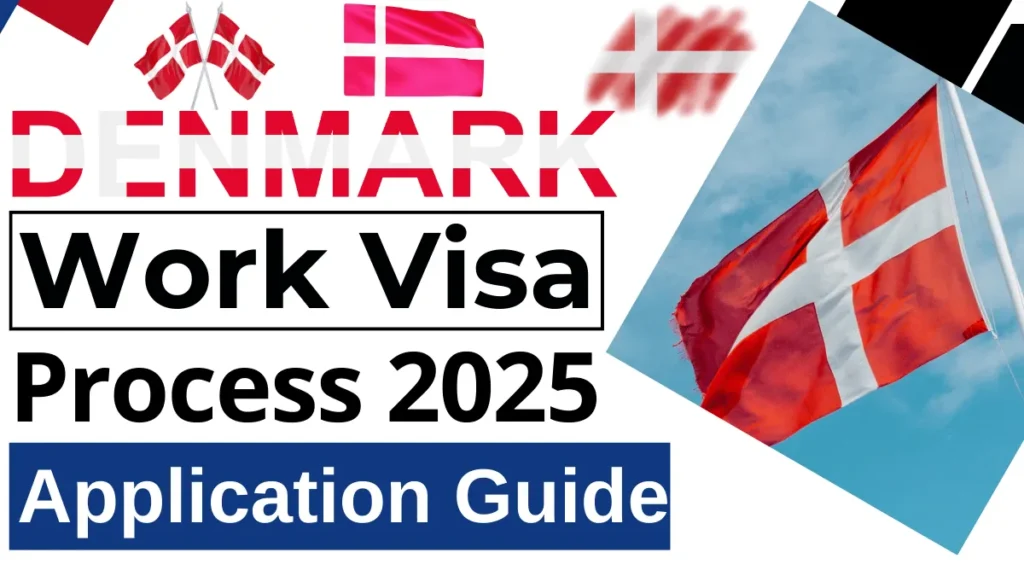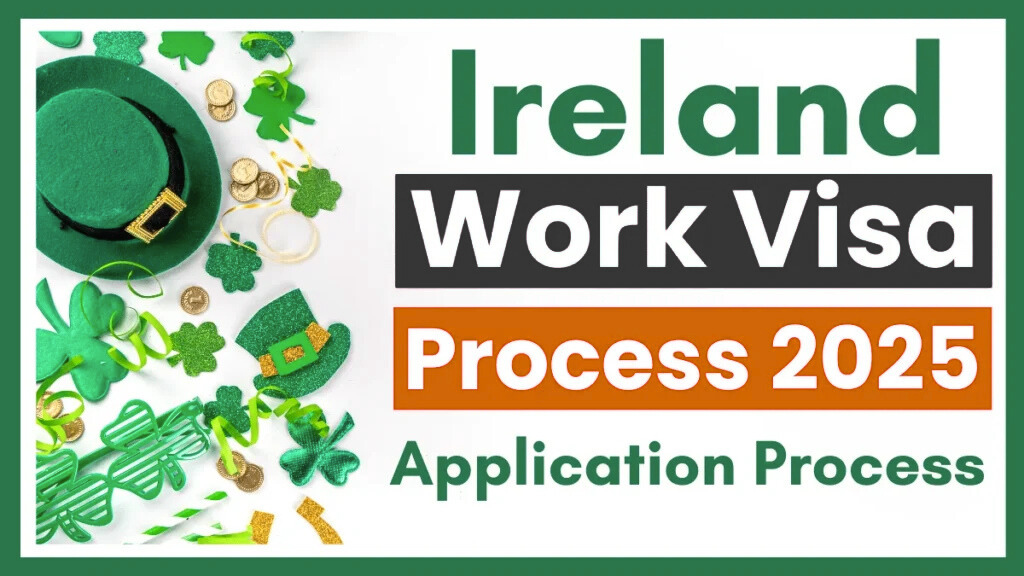New Work Visa Eligible Occupations for Australia and New Zealand October 2025. Australia and New Zealand remain top destinations for skilled workers seeking stable and rewarding careers abroad. Both countries offer high living standards, reliable healthcare, safety, and excellent career growth opportunities. To address labor shortages and attract skilled professionals, their governments update the lists of occupations eligible for work visas each year.
In June 2025, both Australia and New Zealand revised their skilled occupation lists. These updates reflect the growing demand for professionals in healthcare, construction, IT, engineering, agriculture, and education. For individuals planning to move abroad for work, knowing the new eligible occupations is the first step in starting the visa process.
This guide explains the latest eligible occupations, visa types, application procedures, and essential tips for Australia and New Zealand.
What Are Work Visa Occupation Lists?
Work visa occupation lists are official documents released by immigration authorities. They indicate which occupations are in demand within the country. If your occupation appears on the list, you may be eligible to apply for a work visa, provided you meet other requirements such as:
- Relevant qualifications
- Work experience
- English language proficiency
In Australia, these lists are managed by the Department of Home Affairs. In New Zealand, Immigration New Zealand publishes its own approved occupation list. These lists are updated regularly to match labor market needs.
Work Visa Types in Australia
Australia offers several skilled work visas based on occupation, qualifications, and sponsorship:
- Temporary Skill Shortage (TSS) Visa – Subclass 482: For workers sponsored by an employer to fill short-term labor gaps.
- Skilled Independent Visa – Subclass 189: For skilled professionals invited to apply without needing a job offer.
- Skilled Nominated Visa – Subclass 190: For workers nominated by a state or territory.
- Employer Nomination Scheme (Subclass 186): For skilled workers nominated by an employer for permanent residency.
New Eligible Occupations in Australia – June 2025
The June 2025 update added new occupations in several sectors:
Healthcare and Aged Care
- Registered Nurse (all specialties)
- Aged Care Worker
- Disability Support Worker
- Mental Health Nurse
- Radiographer
- Sonographer
- Paramedic
Construction and Engineering
- Civil Engineer
- Structural Engineer
- Surveyor
- Electrician
- Plumber
- Carpenter
- Bricklayer
- Building Inspector
Information Technology
- Software Developer
- Cybersecurity Analyst
- Network Engineer
- Systems Administrator
- IT Support Specialist
Agriculture and Farming
- Dairy Farm Worker
- Crop Farm Worker
- Agricultural Technician
- Livestock Farm Supervisor
Education and Childcare
- Early Childhood Teacher
- Primary School Teacher
- Secondary School Teacher
- Special Education Teacher
- Childcare Centre Manager
Hospitality and Tourism
- Chef
- Pastry Cook
- Restaurant Manager
- Hotel Manager
How to Apply for a Work Visa in Australia
- Check the Occupation List: Confirm your occupation is listed.
- Get Skills Assessed: Qualifications and experience must be evaluated by the relevant authority.
- English Language Test: Take an approved test like IELTS or PTE.
- Submit Expression of Interest (EOI): For points-based visas, submit EOI through SkillSelect.
- Receive Invitation: Wait for an invitation to apply.
- Lodge Visa Application: Submit the visa application with documents and fees.
- Wait for Decision: Immigration authorities will process and notify you of the outcome.
Work Visa Types in New Zealand
New Zealand also offers multiple visa options for skilled workers:
- Accredited Employer Work Visa (AEWV): For workers with a job offer from an accredited employer.
- Skilled Migrant Category (SMC): Points-based residency visa for skilled professionals.
- Green List Direct Residency Visa: For high-demand occupations with immediate residency pathways.
- Sector Agreements Work Visa: For industries facing labor shortages.
New Eligible Occupations in New Zealand – June 2025
Key occupations added in June 2025 include:
Health and Medical
- Midwife
- Registered Nurse (Mental Health, Community Health)
- Medical Laboratory Technician
- Physiotherapist
- Occupational Therapist
Construction and Infrastructure
- Quantity Surveyor
- Drainlayer
- Scaffolder
- Heavy Diesel Mechanic
- Building Services Engineer
Technology
- Cloud Engineer
- Software Tester
- IT Business Analyst
- Database Administrator
Primary Industries
- Forestry Worker
- Fishery Technician
- Agriculture Supervisor
- Viticulturist
Transport and Logistics
- Truck Driver (Class 5)
- Forklift Operator
- Logistics Coordinator
Hospitality
- Sous Chef
- Hotel Duty Manager
- Bar Manager
Application Process for New Zealand
- Secure a Job Offer: Must be from an accredited employer in a qualified occupation.
- Employer Accreditation: Ensure the employer is approved by Immigration New Zealand.
- Visa Application: Submit AEWV application with required documents.
- Medical and Police Checks: Required for health and character assessment.
- Receive Visa Approval: Travel to New Zealand and begin work.
- Pathway to Residency: Some occupations allow permanent residency after working for a period.
Tips for Applicants
- Verify your qualifications meet local standards.
- Keep all documents ready, including education certificates, experience letters, and English test results.
- Apply only through authorized channels and accredited employers.
- Stay updated with official lists to avoid applying for non-eligible occupations.
Benefits of Working in Australia and New Zealand
- Competitive salaries and benefits
- Pathways to permanent residency
- Good work-life balance
- Access to healthcare and education
- High quality of life in culturally diverse environments
- Opportunities to bring family
FAQs
Q1: Can I apply without a job offer?
In Australia, some skilled visas allow this. In New Zealand, most require a job offer.
Q2: Is English testing mandatory?
Yes, unless you are from an English-speaking country or studied in English.
Q3: Can I bring my family?
Most visas allow spouses and children to join.
Q4: How long is the visa valid?
Usually 2 to 4 years, depending on the visa type.
Q5: Do all visas lead to permanent residency?
Not all, but many skilled visas provide pathways to permanent residency.
